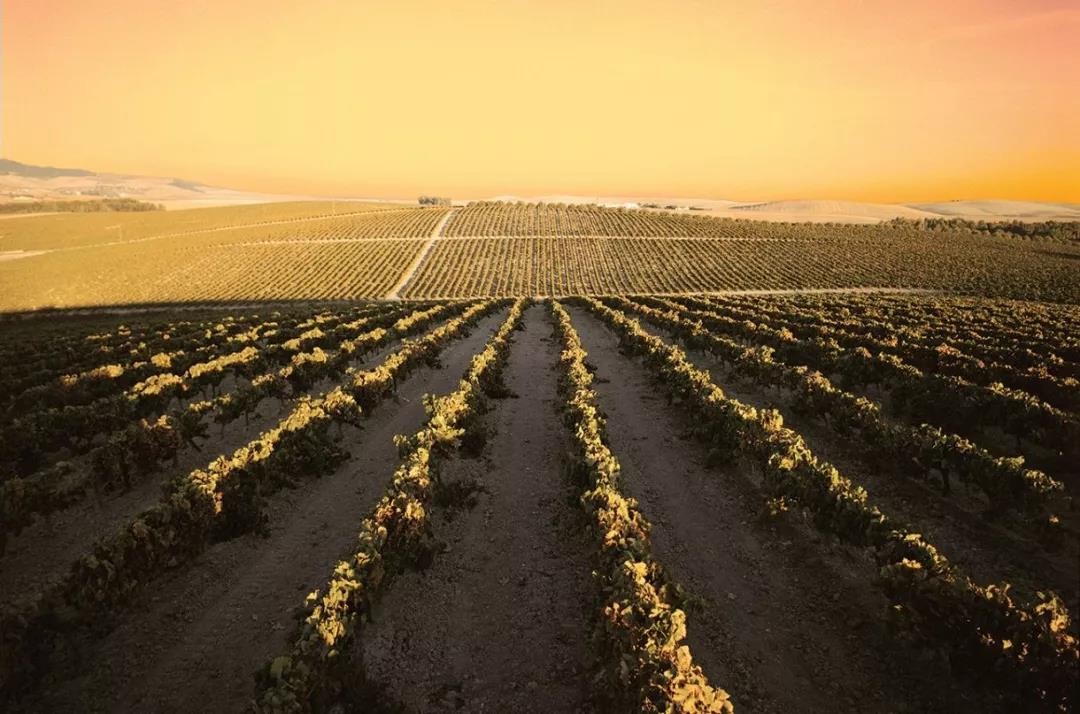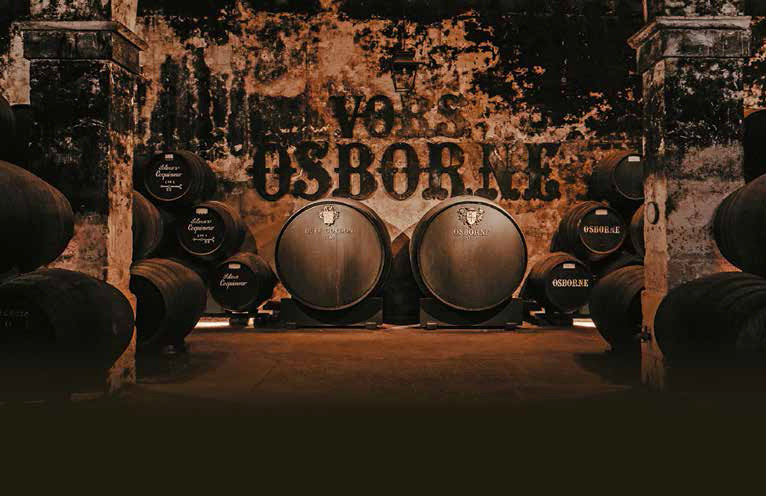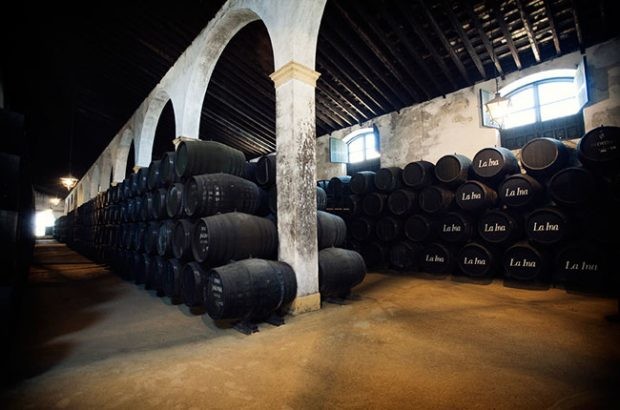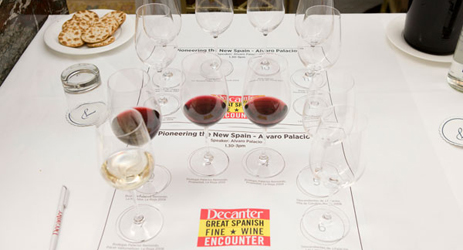Bodegas Barbadillo
In the sunshine of Jerez, within the city’s historic Alcázar fortress, a remarkable sherry tasting took place last summer. Entering the Mezquita inside – the mosque that was turned into a church in 1264 – I had no idea of the significance of what was to unfold. The Mezquita is small, circular and very picturesque, but not the easiest venue for a tasting. Never mind, we were engrossed. At the end, there was a prolonged ovation: not the typical reaction to a wine tasting.
In retrospect, that tasting at Vinoble, the biennial trade fair for fortified and sweet wines, was another turning point in sherry’s variegated history. All those of us packed into the room on that day want sherry to reclaim its place as one of the great wines of the world. However, the last 30 or more years of decline have seen wheat fields replace vines on those precious chalky albariza soils.
The event was, put simply, an exposition of research that explained the different vineyards or ‘pagos’ of the sherry zone: the Marco de Jerez. Each taster was given a box with 12 soil samples; each sample showing subtly different versions of albariza soil. With the geological treasure box came wines to taste from the pagos, and a presentation about the geography, climate, people and history of each of these special vineyards.
Click to see the full article on Decanter Premium>>

Translated by ICY
All rights reserved by Future plc. No part of this publication may be reproduced, distributed or transmitted in any form or by any means without the prior written permission of Decanter.
Only Official Media Partners (see About us) of DecanterChina.com may republish part of the content from the site without prior permission under strict Terms & Conditions. Contact china@decanter.com to learn about how to become an Official Media Partner of DecanterChina.com.





Comments
Submit